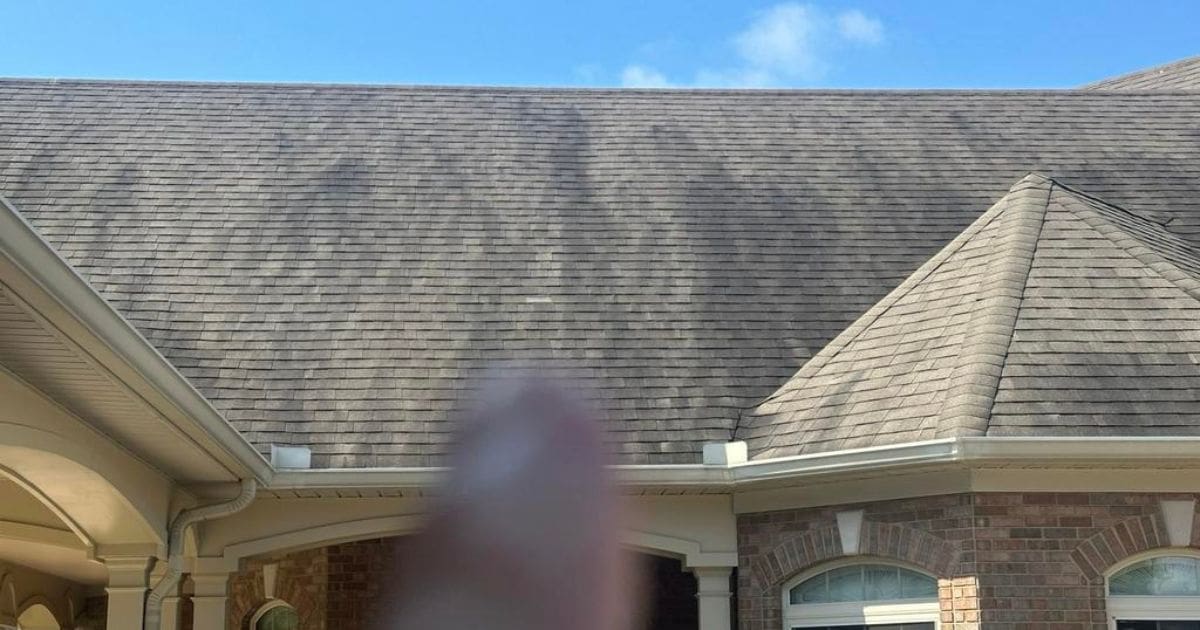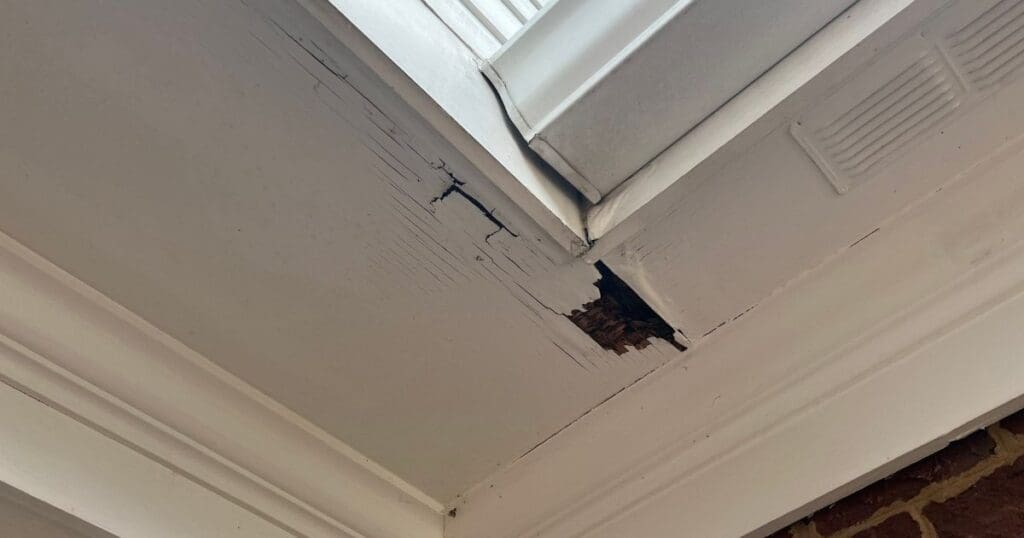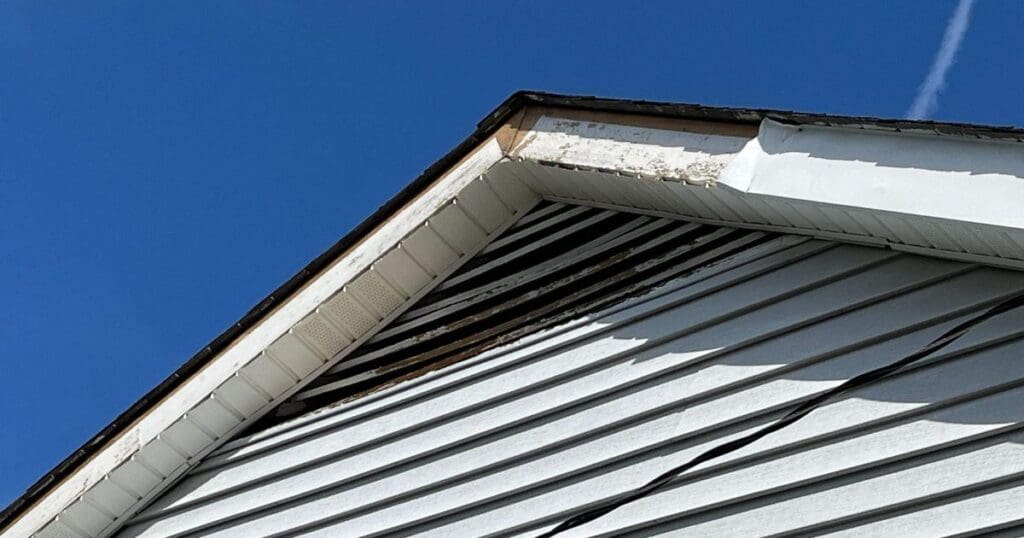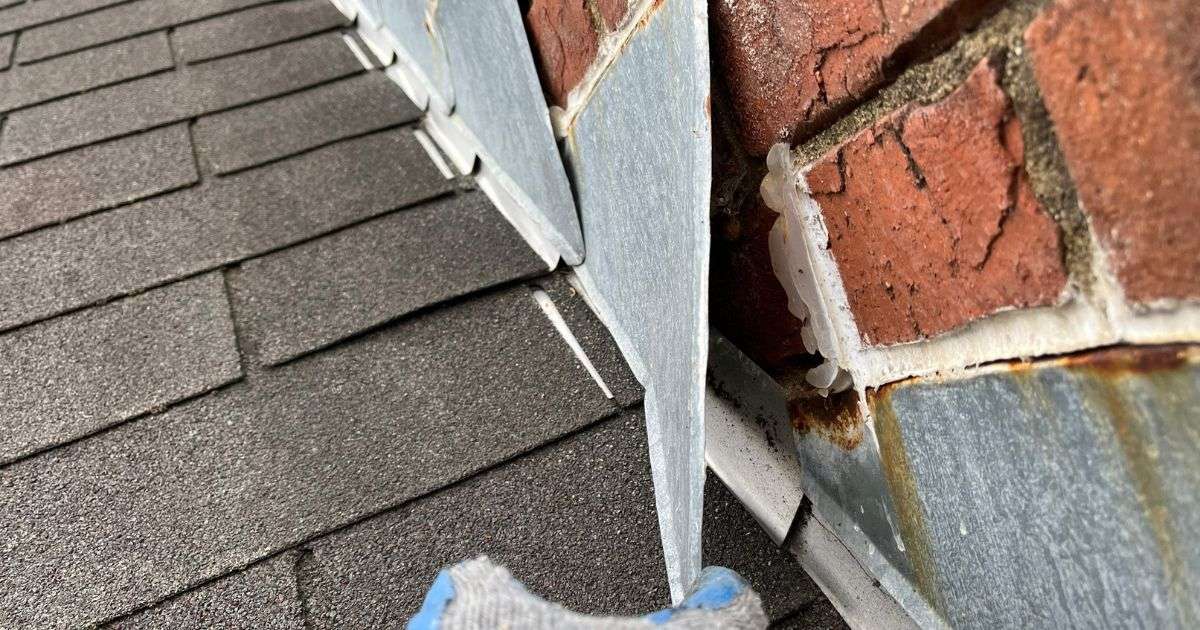Storm Damage and the Insurance Claims Process for a New Roof

The storm has passed, but the stress is just beginning. Seeing your home damaged is overwhelming, but you don’t have to face it alone. This guide provides clear, simple steps to take right now to secure your property, navigate your insurance claim, and restore your peace of mind.
Step 1: Prioritize Safety & Prevent Further Damage
Your family’s safety is the top priority. Before you do anything else:
- Stay on the Ground: Never climb a wet or potentially unstable roof. Leave the inspection to a professional.
- Look for Hazards: Check for downed power lines, broken glass, and unstable tree limbs before walking around your property.
- Mitigate Damage (Safely): If you have an active leak and can do so safely, move furniture and valuables out of the way and use buckets to catch water. You can also hire a professional for emergency tarping to prevent further water intrusion. Your homeowners insurance policy requires you to take reasonable steps to prevent further damage.
Step 2: Document Everything—Your Phone is Your Best Tool


Before anything is moved or repaired, create a detailed record of the damage. This evidence is crucial for your insurance claim.
- Take Wide Shots: Photograph the entire roof from different angles on the ground.
- Get Close-Ups: Capture images of specific damage points like missing shingles, dents from hail, and damage to gutters, siding, and windows.
- Record Interior Damage: Take pictures and videos of water stains on ceilings, walls, and any damaged belongings.
- Keep Receipts: Save every receipt for temporary repairs, like tarps or plywood.
Step 3: Make Two Important Phone Calls
- Your Homeowners Insurance Company: Report the damage immediately. They will assign you a claim number and an adjuster. Have your policy number handy, and be ready to share the photos and videos you took.
- A Reputable, Local Roofer: Do not wait for the adjuster. An experienced roofer acts as your advocate. They can provide a professional damage assessment, meet the adjuster on-site to ensure all damage is identified, and provide an accurate estimate for repairs using industry-standard software.
Step 4: Understand the Claim Process
The insurance process can be confusing, but a good roofer will help guide you. Here’s a quick overview:
- The Adjuster’s Visit: The insurance adjuster will schedule a visit to inspect the damage. Insist that your chosen roofer is present during this inspection. Your roofer can point out damage the adjuster might miss and ensure the scope of work is accurate.
- Your Claim Summary: You’ll receive a summary detailing the covered damages and the estimated cost of repairs. It will outline your deductible and whether your policy is for RCV (Replacement Cost Value) or ACV (Actual Cash Value).
Step 5: Review the Offer & Negotiate (Your Roofer's Expertise Shines Here)
You do not have to accept the insurance adjuster’s first offer. A professional roofer will meticulously review the adjuster’s report and negotiate on your behalf to ensure you get a fair settlement. Your roofer will build a counter-offer, or “supplement,” to account for items the adjuster may have missed, including:
- Code Upgrades: If your roof needs upgrades to meet current local building codes, your roofer will document this so it’s covered by your policy.
- Matching Laws: Many states have laws requiring that replacement materials match existing ones. If your shingle is discontinued, this could mean the homeowners insurance company needs to pay to replace a whole section of the roof, not just patch it.
- Missed Details: Adjusters can overlook essential components like starter shingles, proper flashing, or damage to gutters. Your roofer will create a detailed, line-item estimate that includes every component and labor cost required for a complete, professional job.

Step 6: Understand Your Payout: Deductible, ACV vs. RCV
Once the scope of work is approved, it’s crucial to understand how you get paid. The terms in your policy directly impact your out-of-pocket costs.
Your Deductible: This is the fixed amount you are legally required to pay out-of-pocket on a claim. You will pay your deductible directly to the roofing contractor. A roofer offering to “waive” or “absorb” your deductible is committing insurance fraud.
Actual Cash Value (ACV): This policy covers the depreciated value of your old roof. Think of it as the “used” value. If you have an ACV-only policy, your insurance payout (minus your deductible) may be significantly less than the cost of a new roof, and you will be responsible for the difference.
Replacement Cost Value (RCV): This is the most common and better type of policy. It covers the full cost of replacing your roof with new materials of similar kind and quality. With an RCV policy, the payment process usually involves two checks:
- The First Check (ACV): The insurance company sends an initial check for the Actual Cash Value of the damage, minus your deductible. This allows you to get the project started.
- The Second Check (Depreciation): After your roofer completes the work and submits a final invoice, the insurance company releases the remaining money that was held back for depreciation. This second check ensures you have the funds to cover the full replacement cost.
Step 7: Choose Your Roofer Wisely—Avoid Storm Chasers
After a storm, your neighborhood will be flooded with “storm chasers”—out-of-town contractors looking to make a quick buck. They often perform shoddy work and disappear, leaving you with a voided warranty.
Watch for These Red Flags:
- High-Pressure Sales Tactics: Anyone forcing you to sign a contract on the spot.
- “Free Roof” Promises: Offering to waive or cover your deductible is illegal.
- No Local Presence: They lack a permanent local address or phone number.
- Vague Credentials: They can’t provide proof of license, insurance (especially general liability and worker’s compensation), and local references.
A trustworthy, professional roofer will provide a detailed written estimate, show you their credentials, and answer all your questions without pressure.
Remember That You're in Control in the Insurance Claims Process But Get Help
Dealing with storm damage is a difficult process, but following these seven steps will help you navigate it smoothly and effectively. By partnering with a reputable local roofer from the very beginning, you gain an expert advocate who will ensure your home is restored correctly and your insurance claim is handled fairly.
